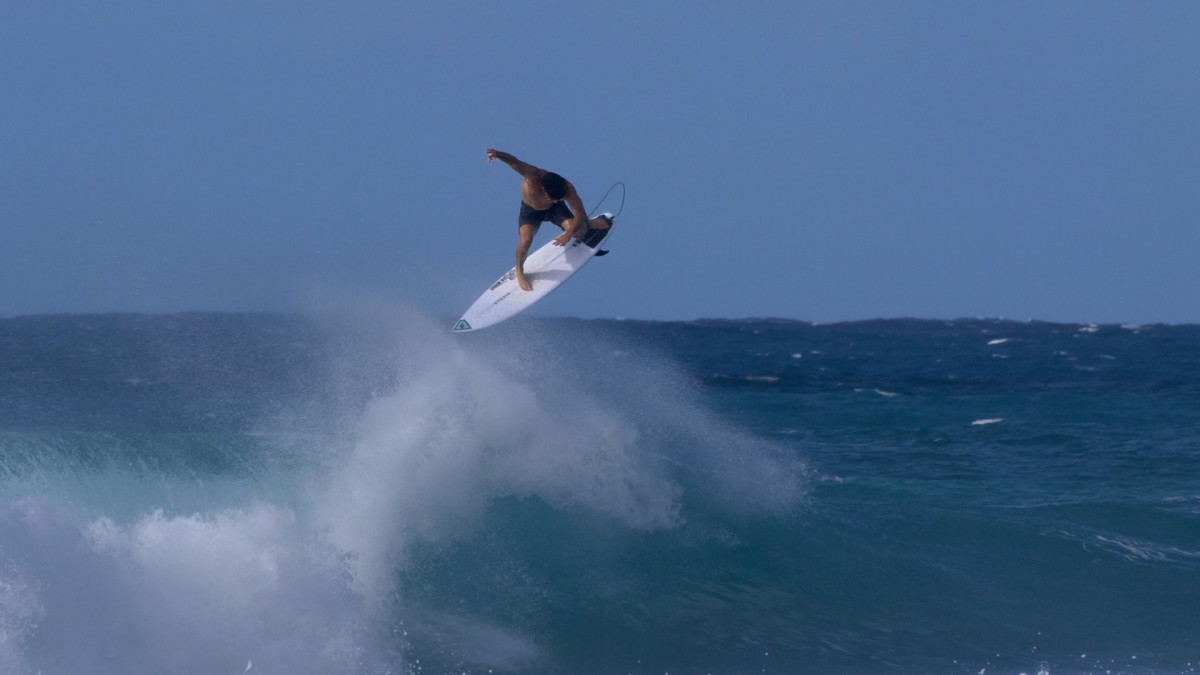
Courtesy of CI
The OG Dumpster Diver was designed for Dane Reynolds in the lead up to the 2009 CT stop at Lowers. The forecast for waves that year was bleak. And rumor was, the judges wouldn’t give out big scores to surfers riding a fish, so Reynolds and Channel Islands built a Frankenstein surfboard: Fish outline on the bottom, shortboard nose up top. Reynolds ripped the board all the way to the final (losing to Mick Fanning), CI released the model to the public, and the rest is history.
Despite its success, the board had major limitations. It was far too short, much too flat, and way too wide to perform when the surf got over head high.
A few months back, Reynolds grabbed his OG DD out of the rafters at CI, and that’s where the idea for the Dumpster Diver 2 came from.
“After revisiting it recently, the original DD felt really small,” says Reynolds. “So, I had the idea of ordering a DD two inches longer, and modernizing the nose a bit more. I really liked it, but then I had the idea of re-working the curve in the tail, as well.
“The whole idea was to get the rocker and curve to work together, so that’s why we added a longer and straighter line. I really like it. It feels to me like a board with a lot more range.”
After arriving in Bali and seeing the new ad for the Dumpster Diver 2 plastered all over the window of the flagship Onboard Store in Uluwatu, I figured: Let’s grab one off the rack (literally) and see how much range it really has.
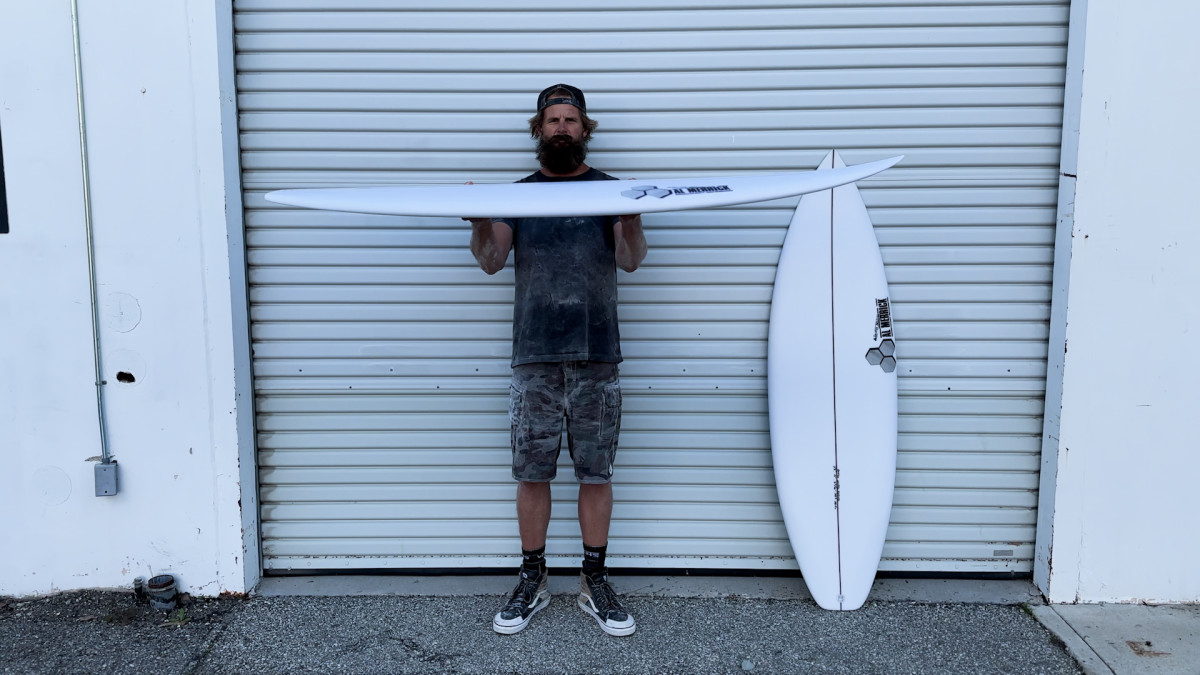
Courtesy of CI
Testing Day 1: Uluwatu
For context, I’m 5’9″ and 150 pounds, and I ride shortboards between 25 and 26 liters. The smallest stock board in Uluwatu’s Onboard location was 5’6″ x 19 1/8″ x 2 5/16″, which is 26.5L. I thought it might be a tad too much foam for me, and I was worried it would float so well that I’d struggle to bury the rail, especially in overhead surf. Flatter boards with fuller rails tend to slide out easily. Especially backside.
Jumping on the 5’6″ DD2 in 3- to- 4 foot reeling lefts in front of Uluwatu Surf Villas after surfing a 5’8″ shortboard in bigger surf the previous day, it took me a few waves to find my feet. At first I was standing too far forward on the DD2, and I either dug rail off the bottom or lost control off the top as I was trying to surf tight in the pocket, the way I would on a shortboard.
After a half dozen waves, I settled into the DD2’s sweet spot, and it took off, literally. With my back foot on the kicktail, and my front foot further back than usual, I was able to capture the boards speed while still having the ability to turn it. Suddenly, I was able to transition between rails easily, and turn much tighter in the lip as well. While it didn’t feel like a board I could push super hard on, it rode so smooth that I felt my surfing slowing down, as I didn’t need to work for speed. Color me surprised.
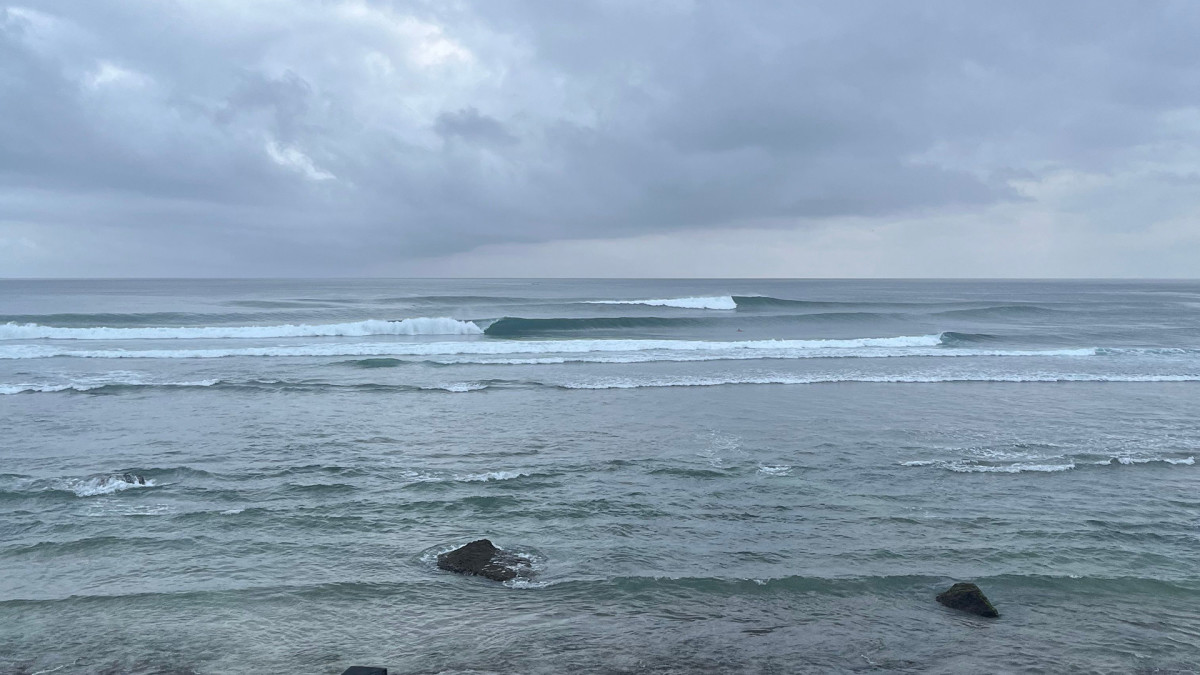
Morton
Testing day 2: Nyang Nyang
Nyang Nyang’s is a tricky right reef, but it was the closest place for me to test the DD2 on my forehand. The surf was solid: 4- to- 5 foot, with a tight rip bowl, sideshore winds, and the odd tube.
With a lot of current to battle, I was loving the extra foam, as the board paddled quite easily. But I was also worried I’d slide out and fall flat on my face on my first wave. Nyang’s is a deceivingly powerful wave, and you need a board that can handle the juice.
After watching Rio Waida destroy about a half dozen bowls, I finally got my opportunity. The second wave of a set, it was clean on the face, and with my feet placement already figured out, I was able to drop in early, drive off the bottom, and wrap a nice, tight, forehand arc. I was blown away that I could put the board on rail and drive through a frontside carve without ever feeling any skip or slide. While the winds kicked up and ruined the conditions after just a few waves, I’d connected so well with the board I came in confident I could ride it at some of Bali’s better reefs, like Keramas.
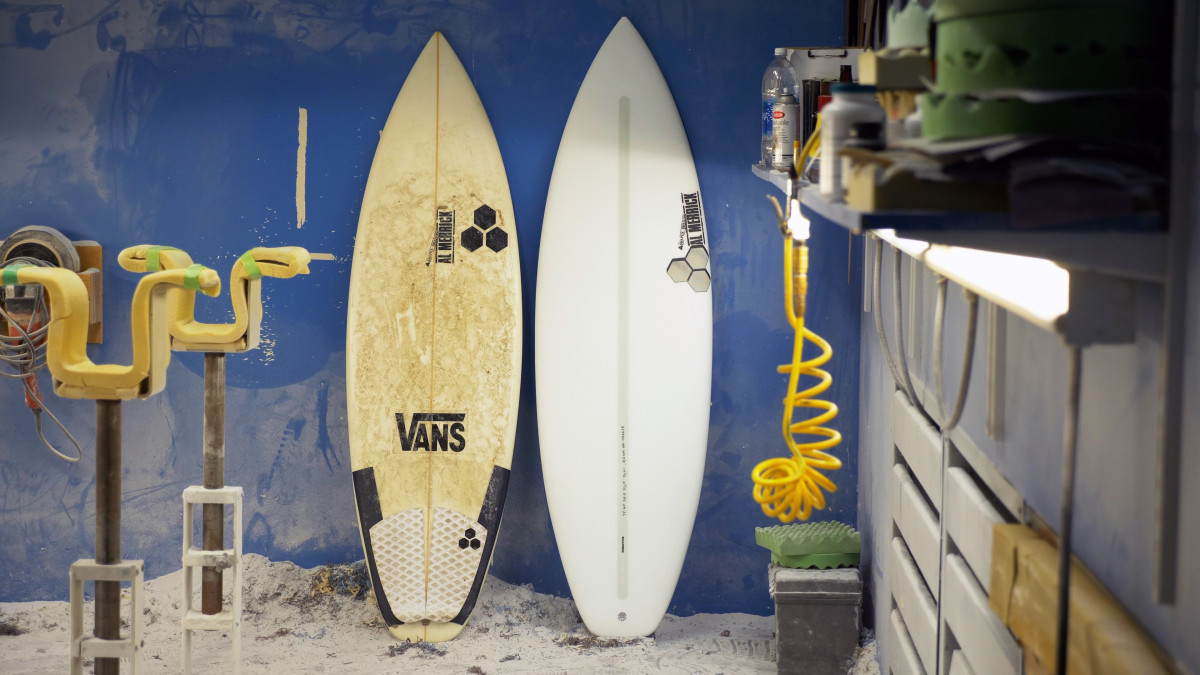
Courtesy of CI
Testing Day 3: Legian
With the swell dropping tons, I figured it was worth testing the DD2 in conditions where I thought it would thrive: a 2-foot, soft beachbreak.
Surprisingly, I was wrong.
In slow, small surf, the extra volume actually worked against me. I struggled with speed, bogged rails, and generally surfed pretty poorly. With a subtle single concave, the board performed like a shorter, floatier version of my normal shortboard. Because essentially, that’s what it is. And that’s not the ideal board for gutless waves.
That said, let’s be honest: You aren’t flying to Bali to surf the beachbreaks in Legian. And if you are? Well, that’s what the OG DD (or many of CI’s other small-wave specific models) are for.
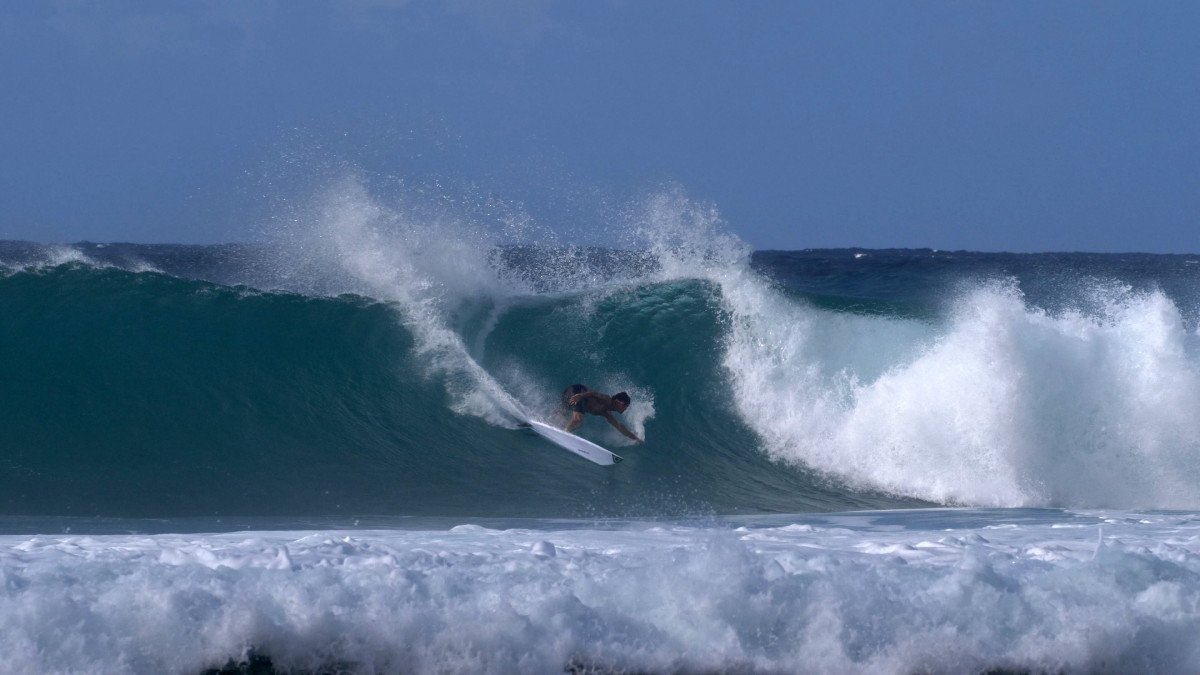
Courtesy of CI
The Verdict?
Should you bring it on a surf trip? Well, yes.
What I realized is the Dumpster Diver name is so synonymous with small surf, that even though Reynolds and CI tweaked the model to work in better waves, I still had preconceived notions about it. It’s as though I judged it by its name, rather than its look.
In reality, the DD2 is a blend of its small-wave predecessor and your normal shortboard, and it can be ridden in a wider range of waves than either of them. That’s really what it is: A board to bridge the gap between really bad surf and really pumping surf.
2-foot or under? Maybe leave it at home. Above 6-feet and steep? Yeah, it’s not for that.
But if you’ve been to Bali, you know most days fall right in that in-between sweet spot, and you might just find yourself riding the DD2 more often than you’d think.
At least, I know I will.

